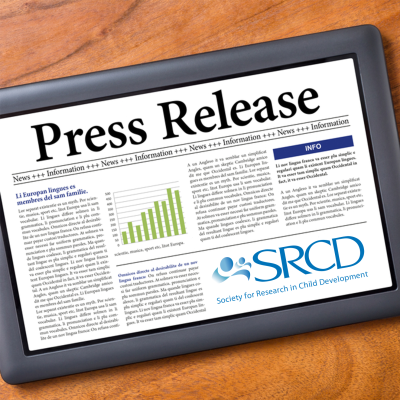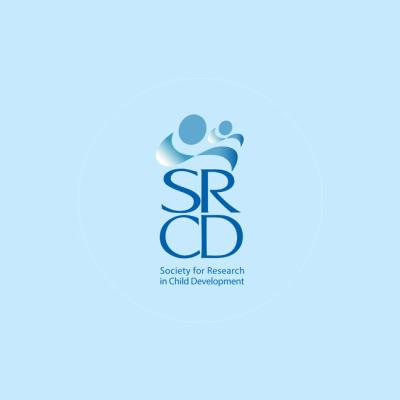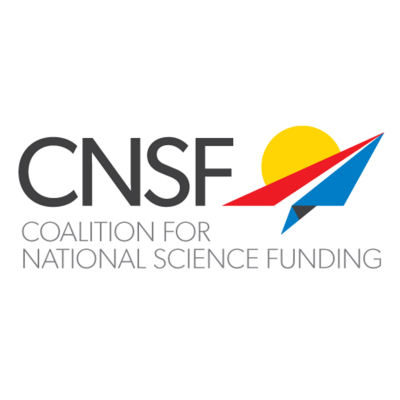On January 18, 2019, SRCD issued a "Call to Action: Comment on Proposed NICHD Strategic Plan." Below is SRCD's formal comment, submitted February 15, 2019.
Dear Dr. Bianchi and Colleagues,
Thank you for the opportunity to comment on NICHD’s Strategic Plan, 2020-2024. I appreciate the comprehensive approach that the Institute has taken to consulting stakeholders from various sectors in multiple formats. I write on behalf of the Society for Research in Child Development which represents over 5500 Developmental Scientists who come from a diversity of scientific disciplines and who conduct research on a wide range of topics, issues, and age ranges. The majority of our members utilize behavioral, social, or biobehavioral approaches, and for decades, a large proportion of our membership has received support from NICHD to address fundamental questions regarding child development, family dynamics, and the ways that children’s experience impact their well-being. Some among our research community address fundamental basic-research questions with the goal of understanding the factors contributing to developmental trajectories and outcomes, family dynamics, and the mechanisms by which development unfolds. Others address more applied questions relating bio-psycho-social factors contributing to health and well-being.
Below we address our community’s assessment of the Research Themes and their proposed instantiations, as well as important gaps in coverage of key research questions that are not addressed by the themes but that we believe are critical priorities in the study of child health and human development.
Some common priorities that are reflected across these comments:
- The need to examine, understand, and impact the whole child as an organism and a social being operating in a sociocultural context. A human child focus is necessary for translating research into child well-being outcomes. This fits squarely within the core mission of the NICHD.
- The centrality of studying heterogeneity in life experience including disparities as well as normative variability more broadly –physically, socially, cognitively, and culturally. Understanding the range and types of both typical and atypical variability in children’s environments is key to understanding how biological, social, emotional, and cognitive factors interact to predict, explain, and impact child outcomes.
- Many physical health issues such as immune-system functioning, psychopathology, addiction, inflammation, and brain development are bidirectionally impacted by socioemotional factors such as stress, parental attachment, and social interactions. Further, compliance issues in adhering to health regimens are behavioral issues with biomedical sequelae. Behavior is integral to health. Indeed, definitions of health such as that used by the World Health Organization emphasize physical, mental, and social well-being as jointly comprising health and not merely the absence of disease or disorder.
- Although many questions and issues that have historically been funded by NICHD have some topical overlap with the portfolios of other institutes, virtually all work funded by NICHD is unique by design –focusing on developmental questions, the study of growth and change. The desire to focus priorities on issues that do not overlap with other institutes’ priorities is understandable. However, by its very nature, NICHD has an inherently distinctive scope. With surprisingly few exceptions, the other institutes focus almost exclusively on adults. The same issues take on a unique scope and focus when explored within an ontogenetic framework.
Comments on the Specific Research Themes:
1. The early development goal in Theme #1 is a critically important one but the opportunities described focus almost exclusively on the cellular level. This level of analysis is obviously important but is only one of multiple levels at which early development occurs. Research priorities under this theme should encompass system-, organism, family-, school-, community-, and culture-level environment factors, and, critically, interactions across levels.
2. Within those themes that focus on children, we celebrate the emphases on early development and adolescence, but are concerned about gaps in coverage between early development and adolescence. Emphases on some developmental timepoints translate into de-emphasizing others, and a specific focus on so-called “sensitive periods” undercuts evidence regarding continuity of developmental mechanisms and the notion that there are vulnerabilities that impact child well-being across developmental time periods.
3. Across the themes, there is little explicit recognition of the importance of diversity of experience or the role of experience, community, or culture in development. This is especially critical in tackling the effects of disparity and marginalization on outcomes.
4. In general, a broader definition of child health and human development that consistently includes social, emotional, and cognitive aspects of child well-being should be more evidently represented as inherent to the optimal functioning that comprises health.
Sample Foci Missing from the Themes:
The funded projects of highest impact within NICHD include many projects that utilize a behavioral, social, or biobehavioral approach. Below are some representative examples of research priorities that would be lacking under the themes as currently described.
- Impact of early stress and environmental adversity on learning and social success
- Adolescent neural reward processing as it relates to risk-taking and decision-making
- Impact of natural disasters, terrorism threat, or fear of family deportation on children’s short- and long-term physical, emotional, and cognitive functioning
- Factors contributing to suicidality and suicidal attempts in middle childhood, adolescence, and emerging adulthood
- The effects of sociocultural factors such as religion, ethnicity, or geopolitical environment on parenting approaches
- The impact of fathers on child well-being, economic stability, and family functioning
- How neighborhood or community-level variables impact children’s amount and quality of sleep
- Contributors to cultural variability in adherence to safer parenting practices (e.g., car seat use, back-to-sleep, vaccinations)
- How marked shifts in mainstream human-computer/digital-media interactions have altered children’s social understanding, attention and learning potential, and physical activity
- The impact that attachment quality has on physical health and growth trajectories
- Interconnections among the child’s microbiome, parental mental health, and cognitive skill development such as language and mathematics
- How interventions to optimize childcare quality impacts long term academic, socio-emotional and economic well-being
- Language acquisition and development of communications abilities central to social engagement and healthy functioning
- Origins of prejudice and effects of prejudice and marginalization on youth
We thank you again for the opportunity to share our community’s perspective on whether the Research Themes (as currently described) fit with our members’ research priorities. I am hopeful that a broader conceptualization of child health and human development can be embraced, one that more fully encompasses behavioral, social, cognitive, and cultural aspects of child development and recognizes the child as an entity worthy of study across development.
Sincerely,
Laura L. Namy, Ph.D.
Executive Director


